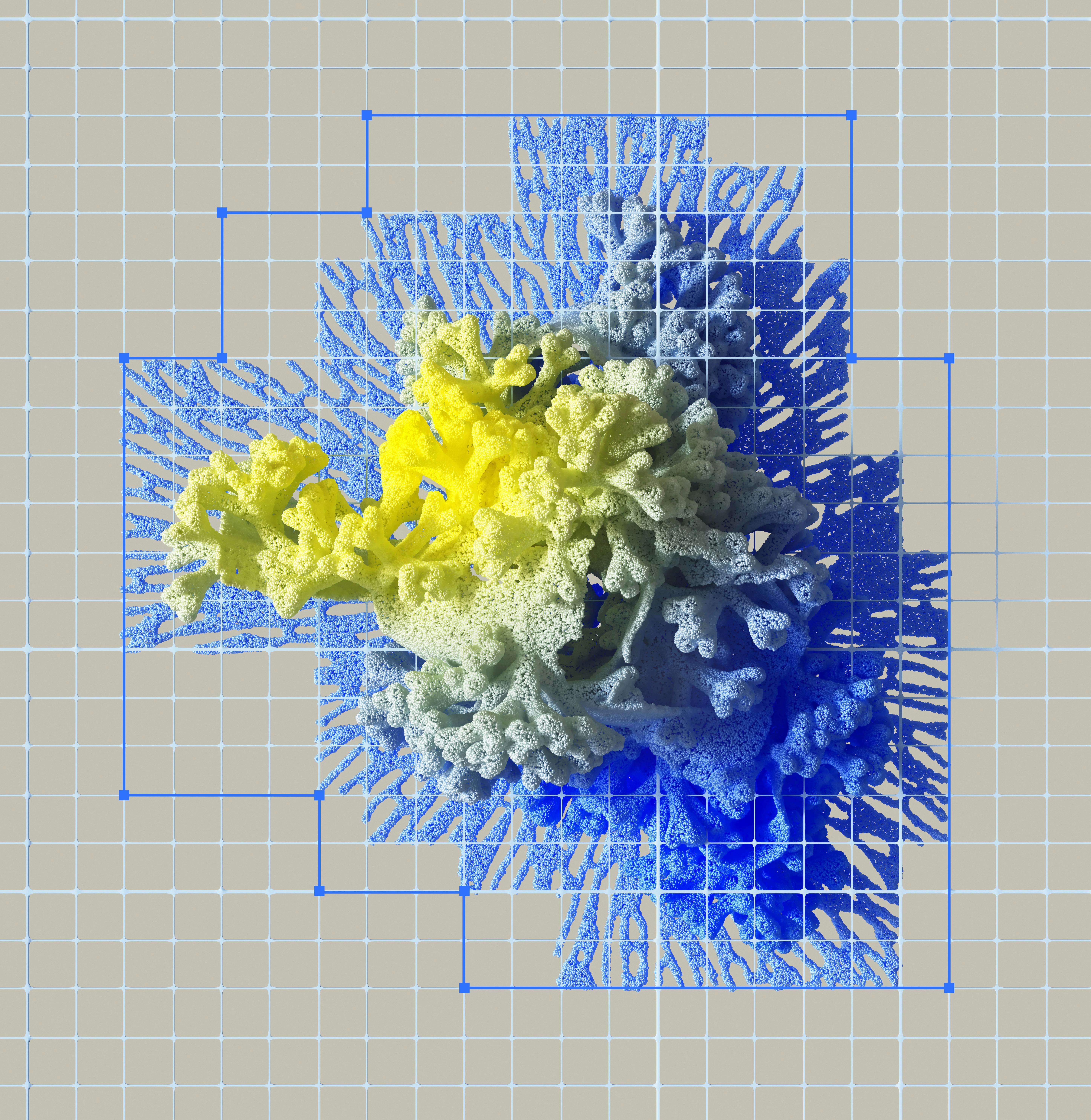By: Kingsley Wong
This month, an AI-generated image of Katy Perry at the 2024 Met Gala went viral on X, amassing over 16 million views. It showed her in a floral dress with many people in tuxedos in the background.
Many commenters were stunned to learn that the photo was created using AI. The post was soon debunked, revealing that Perry had not attended this year’s Gala and that the carpet in the image was from the 2018 Met Gala. With AI images and deep fakes becoming increasingly realistic, distinguishing between authentic photographs and AI-generated visuals is becoming more challenging.
It’s easy to be deceived by an AI-generated image, so here are some tips on how to identify when an image might be generated by artificial intelligence.
- Divert your attention to the details
The quality of AI-generated images is continually improving, with the best ones now nearly indistinguishable from real photos. However, they still often have subtle giveaways.
AI images are created using data from other photos, so AI programs can struggle with less common details. For example, in a picture of Ryan Reynolds, while much of the image appears realistic, the fingers on his right hand are oddly shaped—a clear sign that the image may be AI-generated.
If the hand doesn’t convince you, closer inspection might reveal that the writing on Reynolds’ ‘F1 jacket’ is complete nonsense. This is a common issue with AI images, as they frequently mishandle small details like text or logos. - Don’t expect the picture to be perfect
Another reliable way to spot an AI-generated image is to look for signs that it seems too perfect.
AI images often miss the nuanced details found in real photographs, resulting in an ‘airbrushed’ appearance. For example, the image of Ariana Grande might resemble the pop star, but it lacks texture and detail in her face, giving the photo an unnaturally smooth, crisp look that hints at its AI origins.
Additionally, the setting of an image can be a clue. AI-generated visuals frequently feature idealized or fantastical locations. While a flock of flamingos might appear in a real photograph, their presence in a scene can be another sign that the image is not quite genuine. - Search for the picture on the Internet
If you’ve examined the hands and face and are still unsure, a reverse image search is a useful next step.
Searching again can help you find where else the photo appears online, which is valuable for determining if an image is AI-generated or authentic. Typically, AI images are less common and appear in fewer places compared to real photos, so they may show up less frequently in a reverse image search.
A reverse search can also help you locate the original source of the image, which might provide clues about its authenticity, such as hashtags or the source’s name. Additionally, checking if the image is from a reputable website can further help in verifying its legitimacy.
The challenge of distinguishing AI-generated images from real ones highlights a broader societal shift towards greater scrutiny and technological adaptation. As AI continues to evolve, understanding and addressing its impact on visual media becomes increasingly vital for maintaining trust, accuracy, and ethical standards in the digital age.
Image Credit by Google DeepMind











